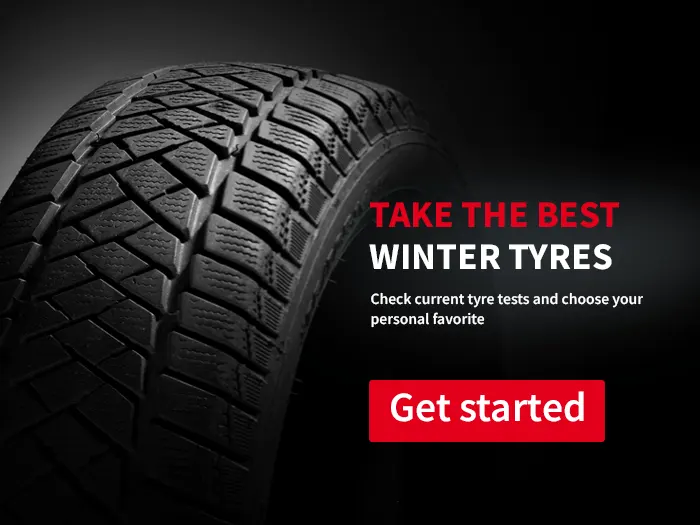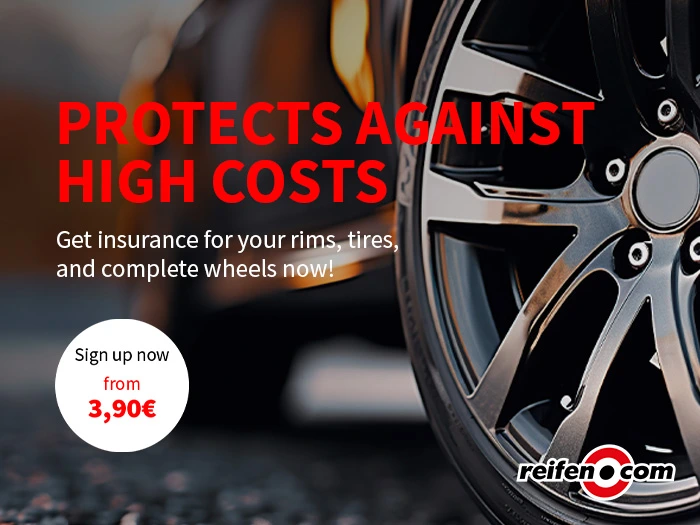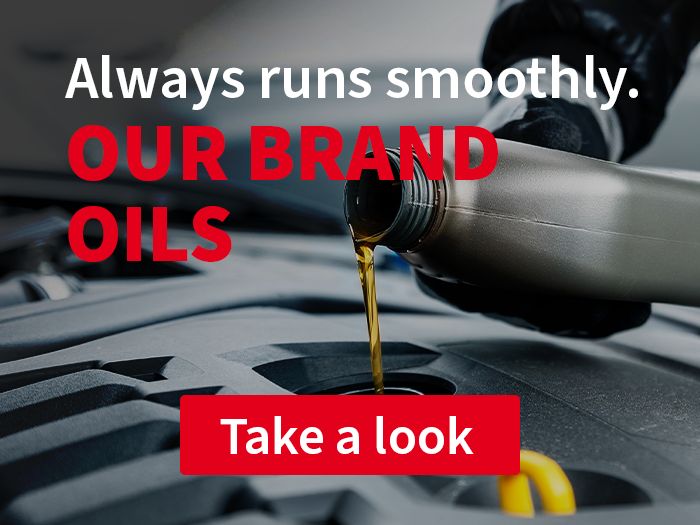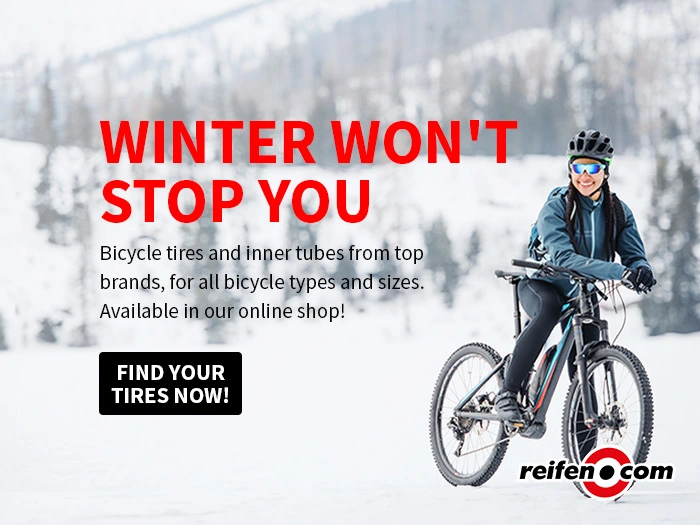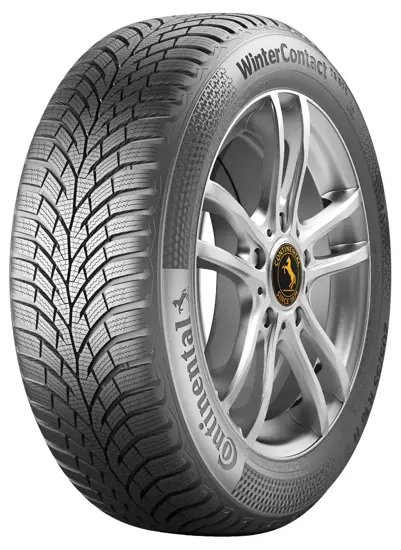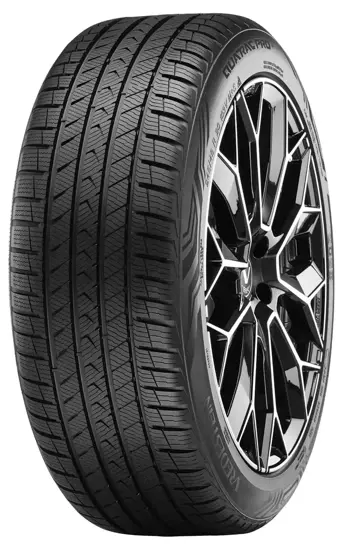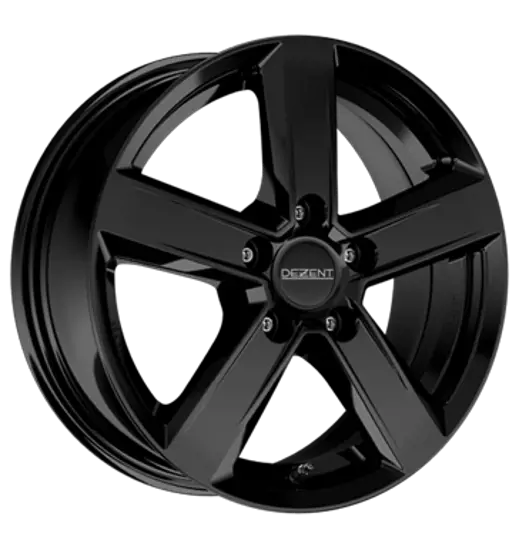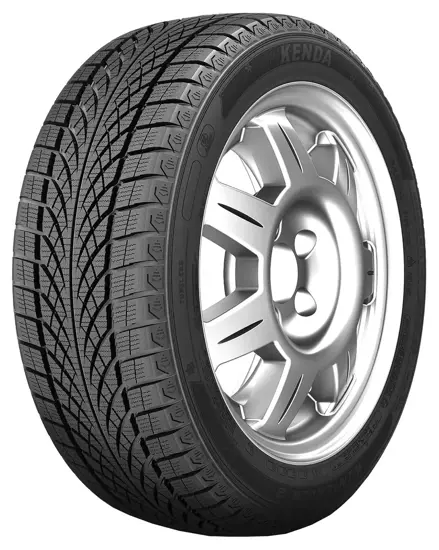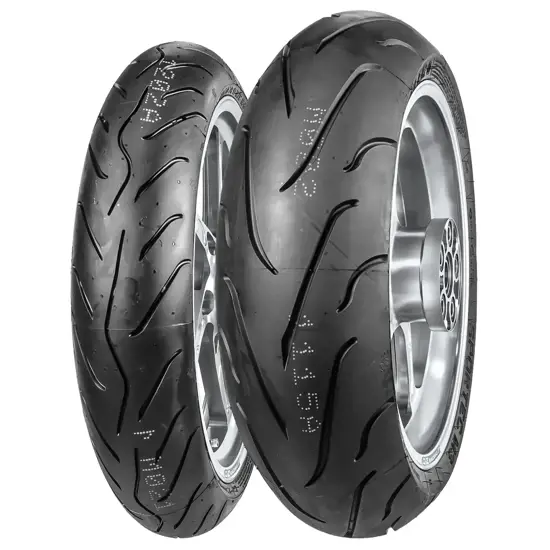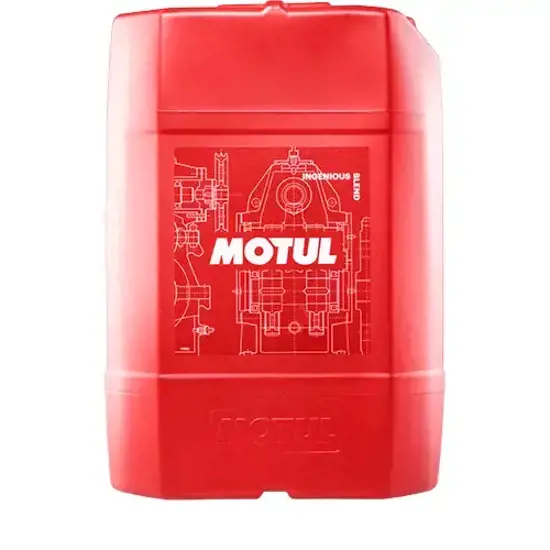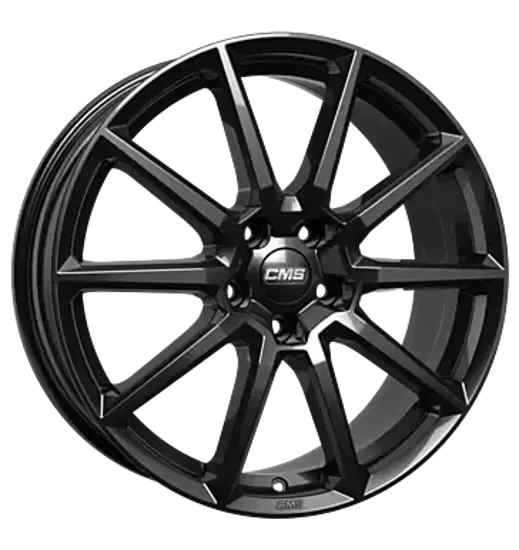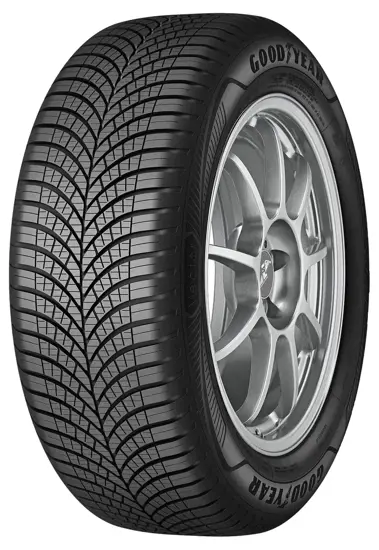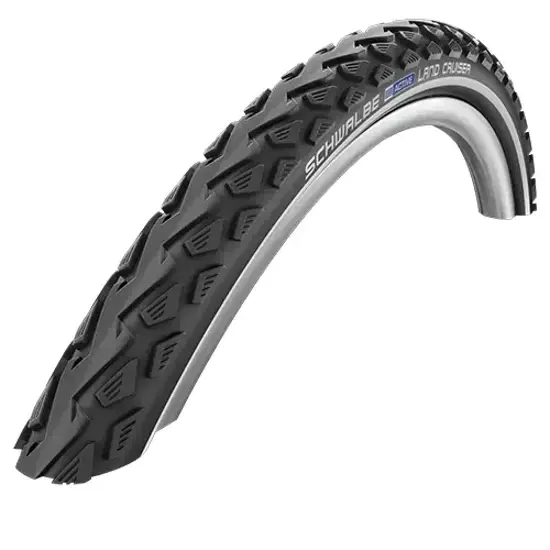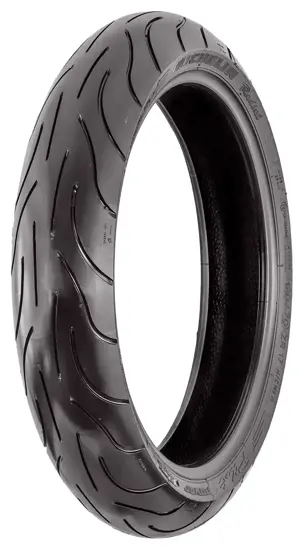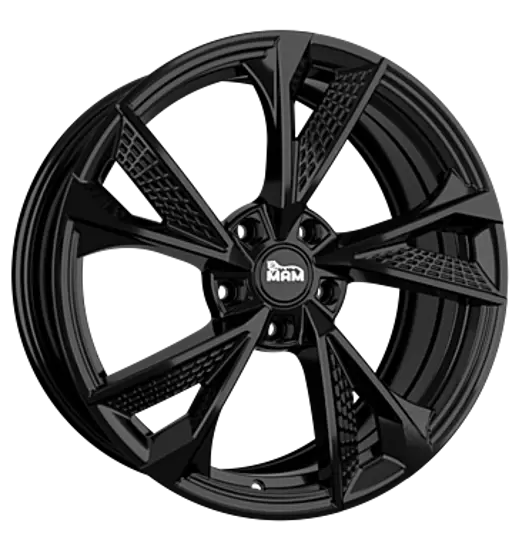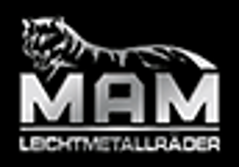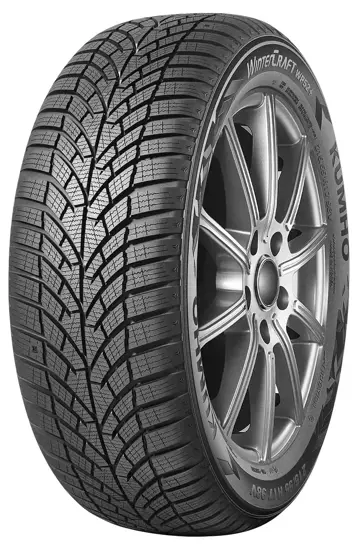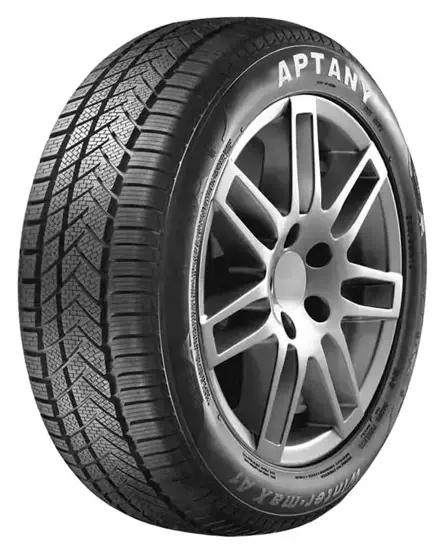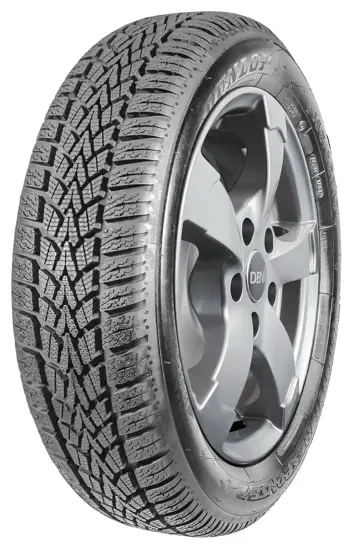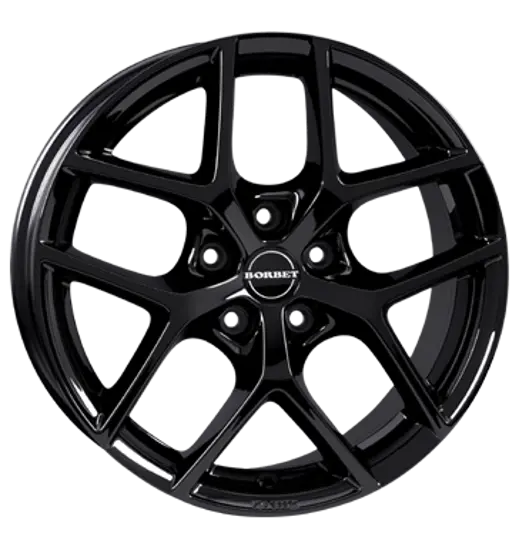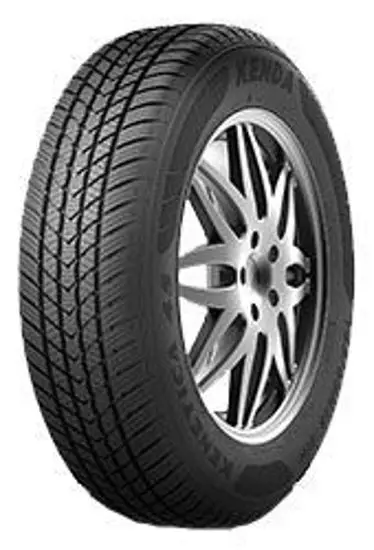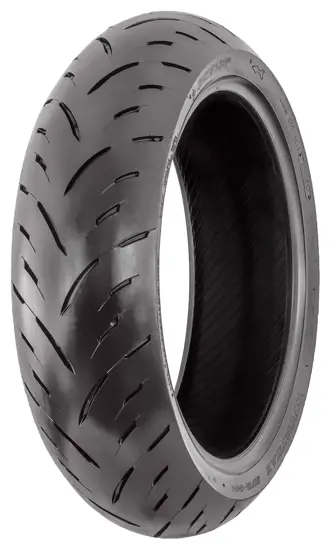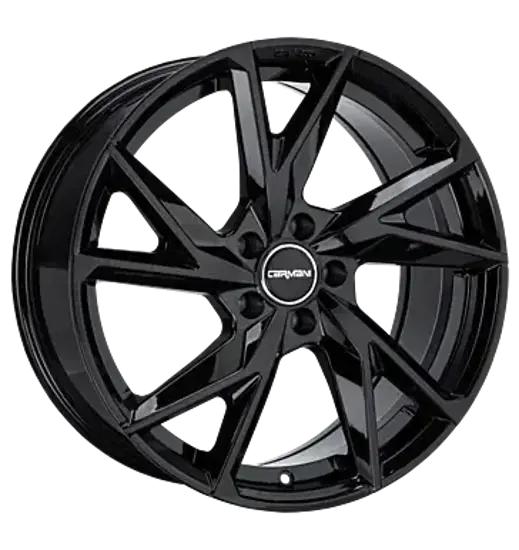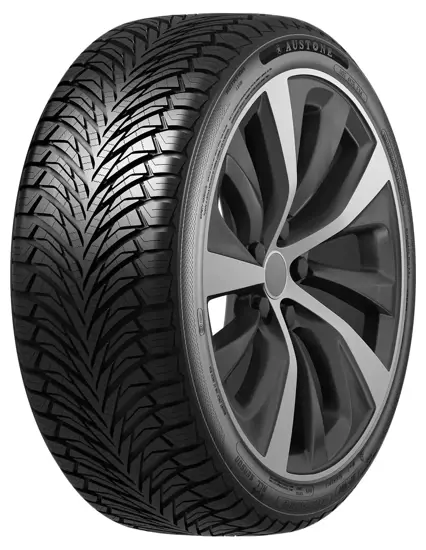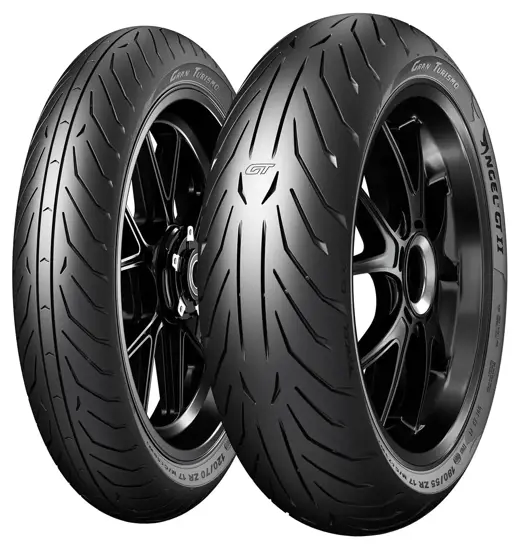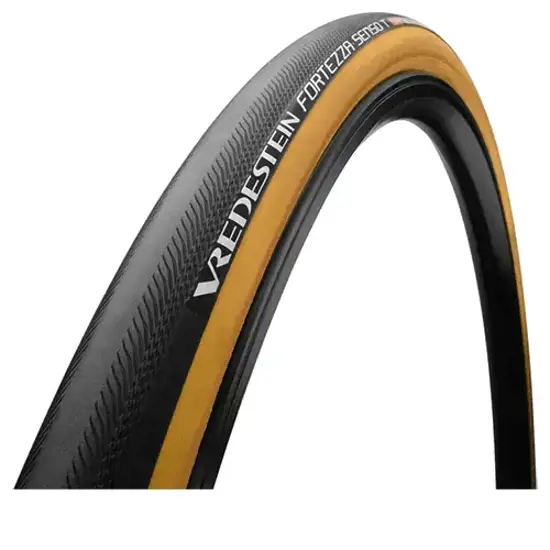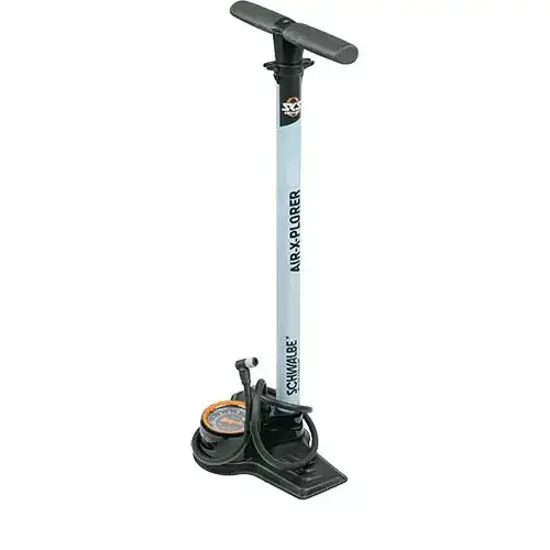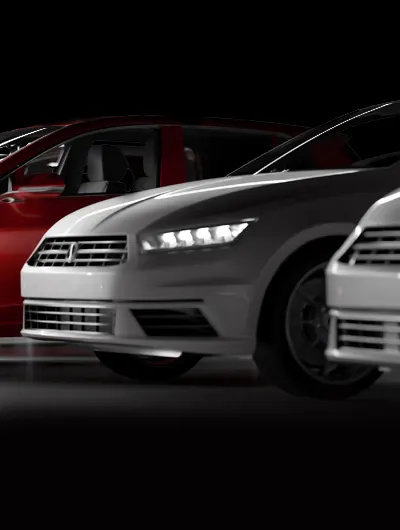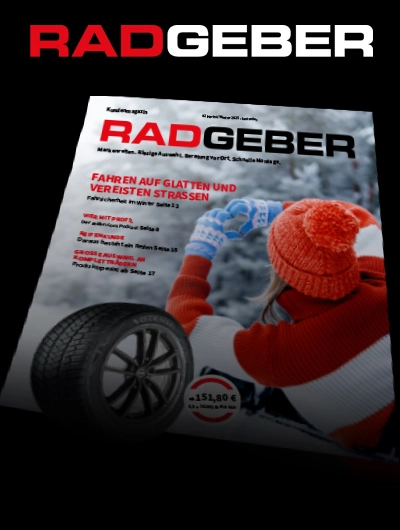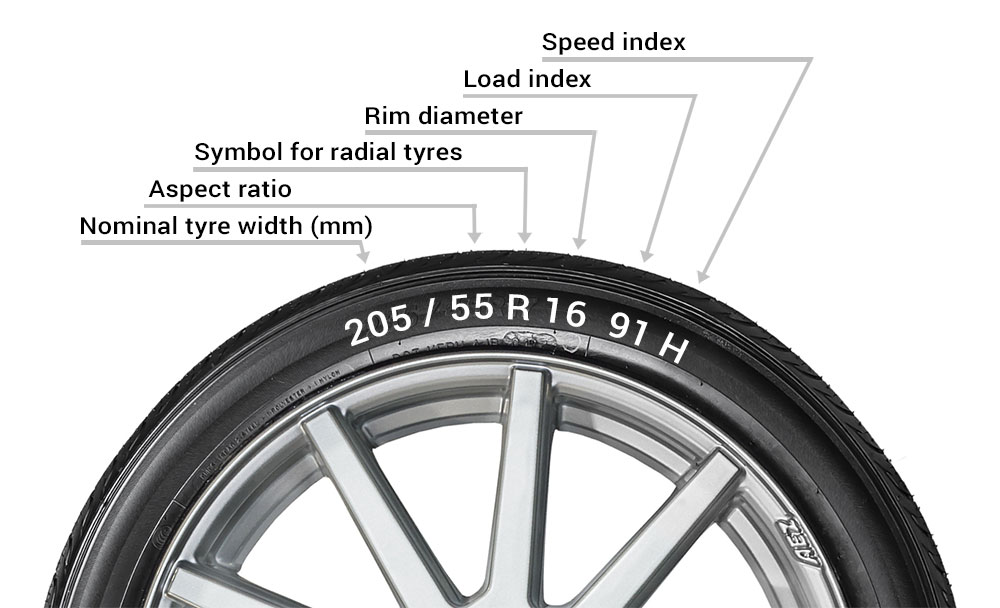You prefer to be advised in person and on-site? Visit us at one of our 37 branches and 2166 garages
reifen.com - Your expert for tyres & rims
Tyres & rims for you
-
![Continental 205 55 R16 91H WinterContact TS 870 MS EVc 15316865]()
![Continental 205 55 R16 91H WinterContact TS 870 MS EVc 15316865]() ContinentalWinterContact TS 870EVc205/55 R16 91HPassenger car winter tyres
ContinentalWinterContact TS 870EVc205/55 R16 91HPassenger car winter tyres- C
- B
- B | 70dB
95.30 € -
![Vredestein 215 50 R17 95W Quatrac PRO XL FSL 15433265]()
![Vredestein 215 50 R17 95W Quatrac PRO XL FSL 15433265]() VredesteinQuatrac PRO+XL215/50 R17 95WPassenger car all-season tyres
VredesteinQuatrac PRO+XL215/50 R17 95WPassenger car all-season tyres- C
- B
- B | 72dB
118.29 € -
![Dezent TU black 75 X 18 ET46 15345820]()
![Dezent]() Dezent TU blackBlack
Dezent TU blackBlack- Rim width
- 7,5 x 18
- Offset (ET)
- 46
- Bolt circle
- 5x112
127.85 € -
![Kenda 205 60 R16 96H KR501 Wintergen 2 XL 15432582]()
![Kenda 205 60 R16 96H KR501 Wintergen 2 XL 15432582]() KendaKR501 WINTERGEN 2XL205/60 R16 96HPassenger car winter tyres
KendaKR501 WINTERGEN 2XL205/60 R16 96HPassenger car winter tyres- D
- B
- A | 68dB
56.37 € -
![Metzeler 180 55 ZR17 73W Sportec M3 Rear M C 15028138]()
![Metzeler 180 55 ZR17 73W Sportec M3 Rear M C 15028138]() MetzelerSportec M3 RearTL M/C180/55 ZR17 (73W)Supersport/Sport street94.10 €
MetzelerSportec M3 RearTL M/C180/55 ZR17 (73W)Supersport/Sport street94.10 € -
![Motul Motul 8100 X CLEAN EFE 5W 30 20 Liter 15348950]()
![Motul]() Motor oilMotul8100 X-CLEAN EFE 5W-30 20 Litres5W-3020.00 lPrice per litre 5.84€116.73 €
Motor oilMotul8100 X-CLEAN EFE 5W-30 20 Litres5W-3020.00 lPrice per litre 5.84€116.73 € -
![CMS C39 65 X 17 ET32 15431103]()
![CMS]() CMS C39Complete Black Gloss
CMS C39Complete Black Gloss- Rim width
- 6,5 x 17
- Offset (ET)
- 32
- Bolt circle
- 5x114,3
122.92 € -
![Goodyear 205 55 R16 94V Vector 4Seasons GEN 3 XL MS 15316775]()
![Goodyear 205 55 R16 94V Vector 4Seasons GEN 3 XL MS 15316775]() GoodyearVector 4Seasons GEN-3XL EVr205/55 R16 94VPassenger car all-season tyres
GoodyearVector 4Seasons GEN-3XL EVr205/55 R16 94VPassenger car all-season tyres- C
- B
- B | 70dB
94.71 € -
![Schwalbe 15363310]()
![Schwalbe]() Bicycle tyresSchwalbe50-559 LAND CRUISER PLUS 26x2.00 Drahtreifen PUNCTUREGUARD GREEN COMPOUND Reflex Schwarz50-55926 inchFolding tyre23.02 €
Bicycle tyresSchwalbe50-559 LAND CRUISER PLUS 26x2.00 Drahtreifen PUNCTUREGUARD GREEN COMPOUND Reflex Schwarz50-55926 inchFolding tyre23.02 € -
![MICHELIN 120 70 ZR17 58W Pilot Power 2 CT Front M C 15028315]()
![MICHELIN 120 70 ZR17 58W Pilot Power 2 CT Front M C 15028315]() MICHELINPilot Power 2 CT FrontTL M/C120/70 ZR17 (58W)Supersport/Sport street83.65 €
MICHELINPilot Power 2 CT FrontTL M/C120/70 ZR17 (58W)Supersport/Sport street83.65 € -
![MAM RS6 85 X 19 ET45 15357339]()
![MAM]() MAM RS6BLACK PAINTED
MAM RS6BLACK PAINTED- Rim width
- 8,5 x 19
- Offset (ET)
- 45
- Bolt circle
- 5x112
185.17 € -
![Kumho 195 65 R15 91T WinterCraft WP52 XL 15432052]()
![Kumho 195 65 R15 91T WinterCraft WP52 XL 15432052]() KumhoWinterCraft WP52+XL195/65 R15 91TPassenger car winter tyres
KumhoWinterCraft WP52+XL195/65 R15 91TPassenger car winter tyres- C
- B
- B | 72dB
50.50 € -
![Aptany 205 60 R16 96H RW211 XL 15404825]()
![Aptany 205 60 R16 96H RW211 XL 15404825]() AptanyRW211XL205/60 R16 96HPassenger car winter tyres
AptanyRW211XL205/60 R16 96HPassenger car winter tyres- C
- C
- B | 72dB
45.60 € -
![Dunlop 195 65 R15 91T Winter Response 2 MS 15126717]()
![Dunlop 195 65 R15 91T Winter Response 2 MS 15126717]() DunlopWinter Response 2195/65 R15 91TPassenger car winter tyres
DunlopWinter Response 2195/65 R15 91TPassenger car winter tyres- C
- C
- B | 70dB
64.18 € -
![Borbet Y 8 X 18 ET48 15248214]()
![Borbet]() Borbet Yglossy black
Borbet Yglossy black- Rim width
- 8 x 18
- Offset (ET)
- 48
- Bolt circle
- 5x112
147.05 € -
![Kenda 225 50 R17 98Y Kenetica 4S KR 202 XL 15340042]()
![Kenda 225 50 R17 98Y Kenetica 4S KR 202 XL 15340042]() KendaKenetica 4S KR 202XL225/50 R17 98YPassenger car all-season tyres
KendaKenetica 4S KR 202XL225/50 R17 98YPassenger car all-season tyres- C
- C
- B | 70dB
66.78 € -
![Dunlop 180 55 ZR17 73W SX GPR300 Rear 15200763]()
![Dunlop 180 55 ZR17 73W SX GPR300 Rear 15200763]() DunlopSX GPR300 RearTL180/55 ZR17 (73W)Supersport/Sport street104.23 €
DunlopSX GPR300 RearTL180/55 ZR17 (73W)Supersport/Sport street104.23 € -
![Carmani 23 Rudi 85 X 19 ET40 15381005]()
![Carmani]() Carmani 23 RudiBlack
Carmani 23 RudiBlack- Rim width
- 8,5 x 19
- Offset (ET)
- 40
- Bolt circle
- 5x112
153.08 € -
![Austone 205 60 R16 96V SP 401 XL 15266547]()
![Austone 205 60 R16 96V SP 401 XL 15266547]() AustoneSP 401XL205/60 R16 96VPassenger car all-season tyres
AustoneSP 401XL205/60 R16 96VPassenger car all-season tyres- C
- B
- B | 72dB
58.58 € -
![Pirelli 120 70 ZR17 58W Angel GT 2 Front M C 15268499]()
![Pirelli 120 70 ZR17 58W Angel GT 2 Front M C 15268499]() PirelliAngel GT 2 FrontTL M/C120/70 ZR17 (58W)Touring/Sports Touring136.00 €
PirelliAngel GT 2 FrontTL M/C120/70 ZR17 (58W)Touring/Sports Touring136.00 € -
![Vredestein 25 622 Fortezza Senso T all weather 700x25C AWS Black Yellow team edition Faltreifen TPI 290 15361208]()
![Vredestein]() Bicycle tyresVredestein25-622, Fortezza Senso T all weather 700x25C, AWS, Black/Yellow team edition, Faltreifen, TPI 29025-62228 inchFolding tyre76.01 €
Bicycle tyresVredestein25-622, Fortezza Senso T all weather 700x25C, AWS, Black/Yellow team edition, Faltreifen, TPI 29025-62228 inchFolding tyre76.01 € -
![Schwalbe Standpumpe SKS Air X Plorer 100 15440456]()
![Schwalbe]() Bicycle pumpSchwalbeStandpumpe SKS Air-X-Plorer 10.039.98 €
Bicycle pumpSchwalbeStandpumpe SKS Air-X-Plorer 10.039.98 €
reifen.com & rubbex.com
![]() Reifen kaufen in Deutschland | Buy tyres in Germany
Reifen kaufen in Deutschland | Buy tyres in Germany
![]() Reifen kaufen in Österreich | Buy tyres in Austria
Reifen kaufen in Österreich | Buy tyres in Austria
![]() Reifen kaufen in der Schweiz | Acheter des pneus en Suisse | Comprare pneumatici (Svizzera) | Buy tyres in Switzerland
Reifen kaufen in der Schweiz | Acheter des pneus en Suisse | Comprare pneumatici (Svizzera) | Buy tyres in Switzerland
![]() Acheter des pneus en Belgique | Banden kopen in België | Reifen kaufen in Belgien | Buy tyres in Belgium
Acheter des pneus en Belgique | Banden kopen in België | Reifen kaufen in Belgien | Buy tyres in Belgium
![]() Acheter des pneus en Luxembourg | Reifen kaufen in Luxemburg | Buy tyres in Luxembourg
Acheter des pneus en Luxembourg | Reifen kaufen in Luxemburg | Buy tyres in Luxembourg
 Germany
Germany


